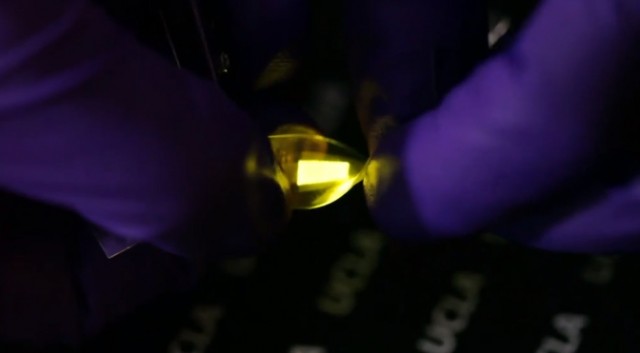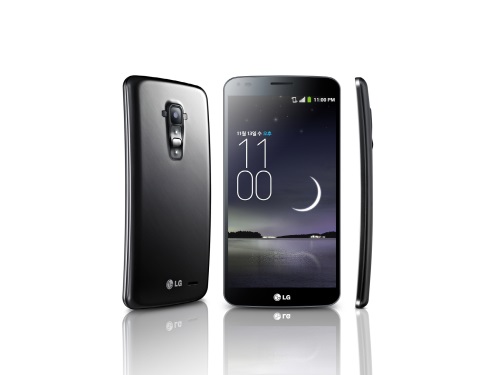In recent years, LED technology has been the fastest growing in solid-state lighting, with a market penetration rate estimated to exceed 60 percent in 2014, according to LEDinside. Rapid improvement and the ever-increasing interest of large electronic manufacturers in OLED technology could lead OLEDs into the spotlight in 2017, analyzed LEDinside.
OLEDs currently are largely used in smartphone and TV displays today. The technology first made its way into phone display market in early 2001. It is now common in many high end smartphones, such as the Samsung Galaxy Note 3 and Blackberry Z30, both of which use Super AMOLED displays. The OLED TV market is still in the developmental stage, but shows rapid growth with companies such as LG, Panasonic, and Samsung all releasing OLED displays this year. The current market price for OLEDs remains around US$ 9,000. It is estimated that around 7 million OLED TVs will be sold by 2016, which encompasses less than 3 percent of the entire TV market, according to Forbes. However, at such high prices, it is unlikely OLED will become a replacement for less expensive LED and LCD TVs already on the market.
Read More:
Samsung 55-inch OLED TV to be on Sale in South Korea Next Week
Panasonic Intends to Launch OLED TV in 2015
Samsung Cuts Price of Its OLED TV by 34%
New advancements in OLED technology could be the catalyst for propelling it into the future of mainstream display technology, leading to further applications and increased market share. In September of this year, researchers at the UCLA Henry Samueli School of Engineering and Applied Science unveiled their discovery of flexible OLED. The new technology has been drawing attention of many big named electronic manufacturers, due to the possibility to incorporate it into wearable electronics as well as foldable and expandable displays for future smartphones and other electronic devices. This will open up new avenues for designers and future gadgets. The researchers at UCLA were able to manipulate the flexible OLED material 30 percent beyond its original shape without compromising performance or efficiency. The material is able to be bent and folded 180 degree, while maintaining optimal capacity.
Read More:
UCLA Engineers Develop a Stretchable and Foldable OLED Display
 |
|
UCLA engineers made advancements in OLED technology through the discovery of flexible OLEDs. (photo courtesy: UCLA Henry Samueli School of Engineering and Applied Science) |
Manufacturers such as Samsung and LG wasted no time in developing new products incorporating the flexible OLED material, launching their curved smartphones towards the end of this year. Apple has also shown interest in OLEDs, applying for a patent in December rumored for use in upcoming iWatch design. In total, Apple is rumored to have over 75 patents in wearable technology according to Forbes. Apple’s investment can further spur electronic companies in adopting OLED technology to keep a competitive edge. Samsung announced in early December the integration of their LCD and OLED divisions in order to strengthen OLED business and respond to the “rapidly changing market environment, “said a Samsung Display official.
Read More:
Samsung to Launch Flexible OLED Smartphone Next Month
New Innovation in Curved OLED Screens Could Revolutionize Wearable Devices
Apple Applies for OLED Display Patent with Integrated Thermal Sensors
 |
LG G Flex incorporated flexbile OLED technology it's it innovative curved design. Samsung also released their curved smartphone design, Galaxy Round, this year. (photo courtesy: LG)
|
“The flexible display market and technology are in their early stages yet, but I am sure that the technology will be in wide use in the near future as part of mobile devices, in-vehicle display units where safety matters, tablet PCs, watch phones, and many more,” said LG CTO and Vice President Yeo Sang-deok. The global flexible display market is projected to reach US $1.5 billion by 2016 and exceed US $10 billion by 2019, according to Business Korea.
Author: Leah Allen, Translator and Editor, LEDinside













